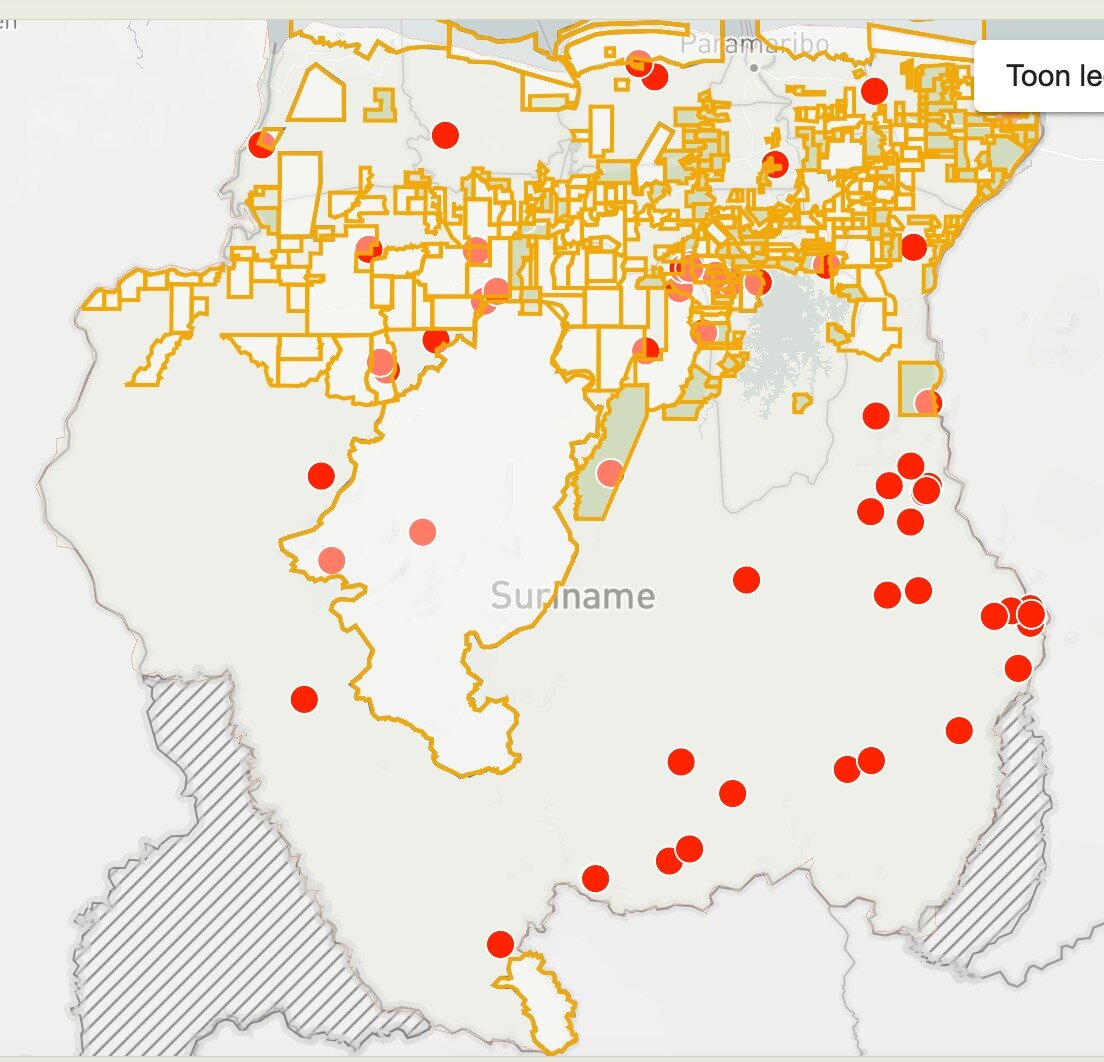Have you ever wondered how countries around the world are working to protect and conserve their natural resources? Well, let me tell you about the conservation efforts of Suriname! This small South American country is taking a green approach to ensure the sustainability of its rich biodiversity. In this article, we will dive deeper into the various initiatives taken by Suriname to protect its forests, rivers, and wildlife.
Suriname, with its vast rainforests and diverse ecosystems, is home to a wide range of plant and animal species. Recognizing the importance of conservation, the government of Suriname has implemented several measures to protect its natural resources. One of the key initiatives is the establishment of nature reserves and national parks. These protected areas serve as safe havens for endangered species and help maintain a healthy ecosystem. Additionally, Suriname has been actively promoting sustainable agriculture and forestry practices to ensure responsible land use. By employing methods such as agroforestry and organic farming, Suriname aims to minimize the negative impacts of human activities on its pristine environment.
In the upcoming article, we will explore these conservation efforts in more detail and shed light on their impact. So, stick around to learn more about how Suriname is embracing a green approach to preserve its natural wonders. Suriname, a small country nestled on the northeastern coast of South America, is home to a rich and diverse array of flora and fauna. Its lush rainforests and pristine coastal areas harbor an incredible biodiversity that is worth protecting and cherishing. Over the years, Suriname has made significant strides in conservation efforts, safeguarding its natural wonders for future generations. In this article, we will delve into the various initiatives and strategies employed by Suriname to preserve its ecosystems and promote sustainable practices.
The incredible biodiversity of Suriname’s forests
Suriname boasts one of the world’s most extensive intact tropical rainforests, covering nearly 93% of its land area. This vast expanse of forests not only provides a habitat for countless unique species but also plays a crucial role in regulating the global climate. Suriname’s forests are a treasure trove of biodiversity, with an estimated 8,000 plant species, over 700 bird species, and numerous mammals, reptiles, and amphibians.
Unique species found in Suriname
Suriname is home to several species that are found nowhere else on Earth. One such example is the Surinam toad, a bizarre creature known for its flattened appearance and habit of carrying its developing young on its back. Another unique species found in Suriname is the Suriname river dolphin, a freshwater mammal with a distinctive long snout and a tendency to swim upside down. These endemic species serve as a testament to the country’s exceptional natural heritage.
Challenges to biodiversity conservation in Suriname
Despite its commitment to conservation, Suriname faces several challenges in preserving its biodiversity. One of the primary threats is illegal logging, which continues to deplete the country’s forests at an alarming rate. Poaching and wildlife trafficking also pose a significant risk to the survival of many species, including the iconic jaguar and marine turtles. Furthermore, the impacts of climate change, such as rising temperatures and changing rainfall patterns, further exacerbate the pressure on Suriname’s ecosystems.
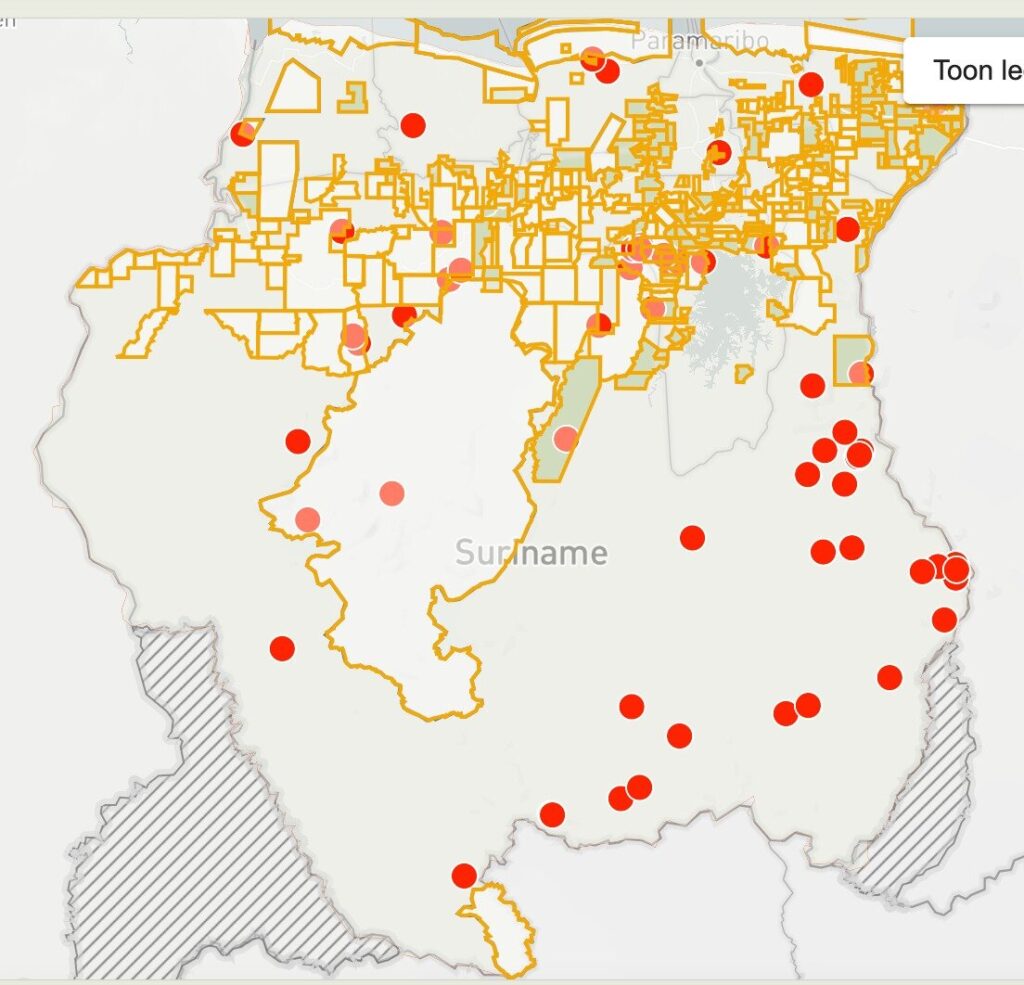
Protected Areas in Suriname
To mitigate these challenges, Suriname has established a network of protected areas, safeguarding some of its most ecologically significant landscapes. The crown jewel of Suriname’s protected areas is the Central Suriname Nature Reserve (CSNR). Spanning over 1.6 million hectares, the CSNR encompasses pristine rainforests, savannahs, and mountains, providing a sanctuary for countless plant and animal species. This UNESCO World Heritage site serves as a living laboratory for researchers and a refuge for endangered wildlife.
Other important protected areas in Suriname
In addition to the CSNR, Suriname has designated several other protected areas that contribute to its conservation efforts. The Brownsberg Nature Reserve, situated in the Brokopondo district, is renowned for its picturesque waterfalls and abundant birdlife. The Coppename Monding Nature Reserve, located along the country’s northern coast, safeguards the mangrove forests and provides a habitat for migratory birds. These protected areas act as vital corridors for wildlife and help connect fragmented ecosystems.
Efforts to expand protected areas in Suriname
Recognizing the importance of preserving its natural heritage, Suriname has been working diligently to expand its network of protected areas. The government, in collaboration with NGOs and local communities, has identified priority areas for conservation and is actively seeking funding to establish new protected areas. These expansion efforts aim to safeguard critical habitats, enhance connectivity between existing protected areas, and protect species at risk of extinction.
Conservation Initiatives
Conservation in Suriname is not limited to mere establishment of protected areas; it encompasses a range of collaborative efforts, community-led projects, and scientific research and monitoring endeavors. These initiatives involve various stakeholders, including government agencies, non-profit organizations, and indigenous communities, all working together to promote sustainable practices and protect Suriname’s natural resources.
Collaboration between government and NGOs in Suriname
One notable aspect of Suriname’s conservation efforts is the close collaboration between the government and non-governmental organizations (NGOs). Together, they develop and implement conservation policies, secure funding for projects, and coordinate activities on the ground. This partnership allows for a more holistic and effective approach to conservation, as it combines the resources and expertise of both sectors.
Community-led conservation projects
Suriname recognizes the role of local communities as stewards of their natural environment. Through community-led conservation projects, individuals living in and around protected areas are actively involved in biodiversity monitoring, habitat restoration, and sustainable resource management. These initiatives empower local communities to take ownership of their surroundings and promote conservation practices that are tailored to their specific needs and traditions.
Research and monitoring efforts in Suriname
To better understand and manage its diverse ecosystems, Suriname invests in scientific research and monitoring programs. These initiatives provide valuable data on species distribution, habitat quality, and ecosystem health. Researchers and conservationists conduct field surveys, track animal movements, and use advanced techniques such as remote sensing to monitor changes in land cover. By integrating scientific knowledge into conservation strategies, Suriname can make informed decisions to protect its biodiversity.
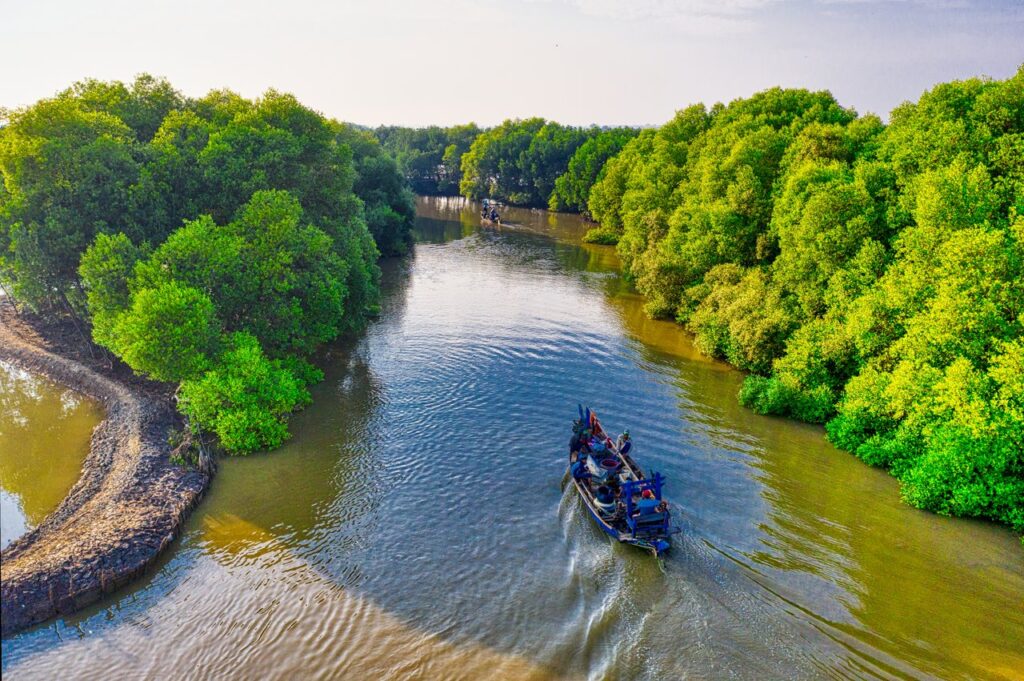
Sustainable Forestry Practices
Suriname recognizes the importance of balancing economic development with forest conservation. To ensure responsible management of its timber resources, the country has implemented sustainable forestry practices that minimize environmental impacts and promote the long-term viability of its forests.
Promoting responsible logging techniques
Suriname has implemented strict regulations and guidelines for logging operations to minimize the ecological footprint of timber extraction. This includes requirements for selective logging, which involves carefully selecting individual trees for felling while leaving the rest of the forest intact. By adhering to these principles, Suriname aims to maintain the structural and functional integrity of its forests while providing a sustainable source of timber for economic development.
Certification programs for sustainable forestry
Suriname actively participates in forest certification programs, such as the Forest Stewardship Council (FSC), which ensure that timber products originate from responsibly managed forests. By obtaining FSC certification, Surinamese timber companies demonstrate their commitment to sustainable practices, including biodiversity conservation, respect for indigenous rights, and the promotion of local livelihoods. This certification enhances the marketability of Surinamese timber on the international stage and encourages sustainable forest management practices.
Balancing economic development and forest conservation
Suriname recognizes that economic development and forest conservation are not mutually exclusive. By adopting a green economy approach, the country seeks to promote sustainable development that benefits both people and the environment. This involves diversifying the economy through sustainable sectors such as eco-tourism, promoting renewable energy, and investing in green technology and infrastructure. By embracing this balanced approach, Suriname can secure a prosperous future while safeguarding its natural resources.
Safeguarding Suriname’s Coastal Ecosystems
Suriname’s coastal areas, including its mangroves, coral reefs, and marine habitats, are vital hotspots of biodiversity and provide critical ecosystem services. Efforts to conserve and protect these valuable coastal ecosystems are essential to maintain the ecological balance and ensure the resilience of Suriname’s coastal communities.
Conservation measures for marine and coastal areas
Suriname has implemented various conservation measures to protect its marine and coastal resources. These include the establishment of marine protected areas (MPAs) and the development of sustainable fishing practices. MPAs act as sanctuaries for marine species, allowing them to breed and replenish their populations. By regulating fishing activities through quotas, size limits, and gear restrictions, Suriname aims to prevent overfishing and contribute to the recovery of fisheries.
Protection of mangroves and coral reefs
Mangroves and coral reefs are particularly vulnerable to the impacts of climate change, including sea-level rise and increased ocean temperatures. Recognizing their ecological importance, Suriname has implemented measures to protect and restore these valuable ecosystems. Restoration efforts involve replanting mangroves, monitoring coral reefs, and implementing sustainable tourism practices that minimize damage to fragile marine habitats.
Addressing threats to coastal biodiversity
Suriname faces numerous threats to its coastal biodiversity, including pollution, habitat degradation, and the impacts of climate change. To mitigate these risks, the government has launched awareness campaigns to educate the public about the importance of coastal ecosystems and the actions individuals can take to minimize their impact. Suriname also collaborates with international partners to share knowledge and best practices in coastal zone management and to develop strategies for climate change adaptation.
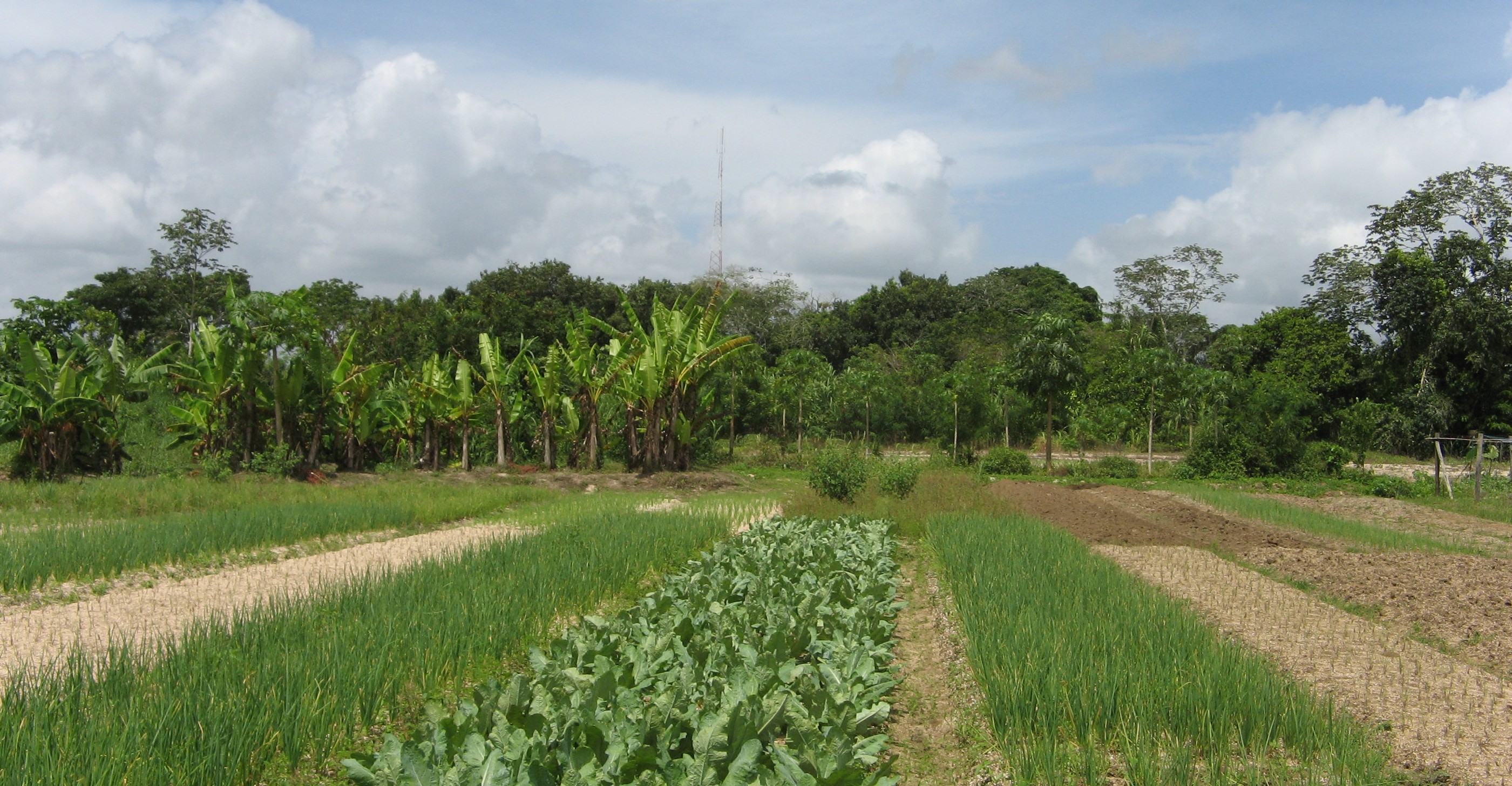
Conservation of Endangered Species
Suriname’s commitment to conservation extends to protecting its endangered species, which are often emblematic of the country’s biodiversity. Efforts are underway to safeguard populations of jaguars, marine turtles, and the magnificent harpy eagle.
Efforts to protect the jaguar population
The jaguar, a majestic big cat and a symbol of Suriname’s wildlife, faces numerous threats, including habitat loss and poaching. Suriname’s conservation programs focus on protecting the jaguar’s natural habitat, reducing human-wildlife conflicts, and strengthening legislation to crack down on illegal hunting. By preserving the jaguar’s home range and promoting coexistence between humans and wildlife, Suriname aims to secure the future of this iconic species.
Conservation programs for marine turtles
Marine turtles, including the endangered leatherback and hawksbill turtles, rely on Suriname’s beaches to nest and lay their eggs. Suriname has implemented protective measures, such as patrolling nesting sites and reducing light pollution, to ensure the survival of these ancient reptiles. Moreover, Suriname engages in international collaborations to combat turtle poaching and supports scientific research to gain insights into their behavior and migration patterns.
Preserving the habitat of the harpy eagle
The harpy eagle, one of the largest and most powerful raptors in the world, is considered a flagship species for Suriname’s rainforests. Suriname’s conservation efforts aim to preserve the eagle’s habitat, which includes large tracts of undisturbed forests. By protecting this habitat, Suriname indirectly safeguards countless other species that depend on the integrity of the rainforest ecosystem.
Promoting Environmental Education
Environmental education plays a crucial role in instilling a sense of responsibility and stewardship among Surinamese citizens. By integrating environmental themes into school curricula, raising awareness through community outreach, and providing training programs for sustainable practices, Suriname strives to empower individuals to make informed choices that protect the environment.
Integration of environmental education in school curricula
Suriname recognizes the importance of incorporating environmental education into the formal education system. By integrating environmental themes into school curricula, students gain an understanding of the value of biodiversity, the impacts of human activities on the environment, and the importance of adopting sustainable practices. This education equips young Surinamese citizens with the knowledge and skills needed to become environmentally conscious individuals.
Awareness campaigns and community outreach
Suriname conducts awareness campaigns and community outreach programs to engage the public and raise awareness about environmental issues. These initiatives employ creative means such as workshops, exhibitions, and public events to promote environmental stewardship. By involving the community in conservation efforts and fostering a sense of ownership, Suriname ensures that the responsibility for protecting the environment is shared by all.
Training programs for sustainable practices
Suriname provides training programs for communities and individuals to adopt sustainable practices in various sectors, including agriculture, forestry, and tourism. These programs teach techniques for sustainable farming, responsible use of natural resources, and eco-friendly tourism practices. By equipping individuals with the skills and knowledge to engage in sustainable activities, Suriname promotes a green economy and ensures the long-term sustainability of its natural resources.
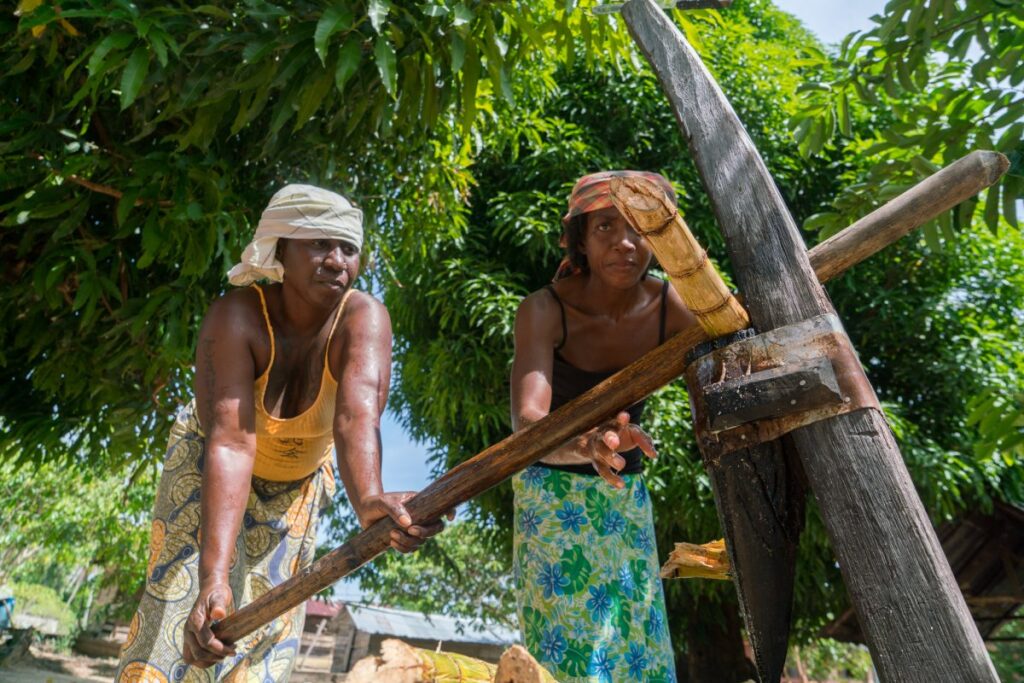
Eco-Tourism in Suriname
Suriname’s pristine nature and rich cultural heritage make it an ideal destination for eco-tourism. The country’s commitment to sustainable practices has paved the way for the growth of this sector, offering unique opportunities for travelers to experience Suriname’s natural wonders while contributing to conservation efforts.
The growth and potential of eco-tourism in Suriname
Eco-tourism in Suriname has seen steady growth in recent years, with an increasing number of tourists seeking authentic and environmentally friendly travel experiences. Suriname’s diverse ecosystems, including its rainforests, wetlands, and coastal areas, offer a myriad of activities such as wildlife watching, birdwatching, hiking, and river cruises. The country’s rich cultural heritage, with its indigenous communities and historical sites, also adds to its appeal as an eco-tourism destination.
Benefits of sustainable tourism
Sustainable tourism not only provides economic benefits to local communities but also creates incentives for the conservation of natural and cultural resources. By channeling tourism revenue back into conservation initiatives and supporting local businesses, Suriname ensures that the benefits of tourism are shared by all. Sustainable tourism practices, such as minimizing waste, conserving water, and respecting local customs, help preserve the integrity of Suriname’s ecosystems and cultural heritage.
Promoting responsible travel and low-impact tourism
Suriname actively promotes responsible travel and low-impact tourism practices among visitors. Tour operators and accommodations adhere to sustainable tourism guidelines, ensuring that their activities do not harm the environment or disturb wildlife. Travelers are encouraged to respect wildlife and their habitats, follow designated trails, and engage in cultural exchanges that foster mutual respect and understanding.
Partnerships and International Cooperation
Suriname recognizes that conservation efforts extend beyond its borders and requires international cooperation. The country actively engages with international organizations, enters into bilateral agreements, and seeks funding to support its conservation initiatives.
Collaboration with international organizations
Suriname collaborates with international organizations such as the United Nations Environment Program (UNEP) and the Inter-American Development Bank (IDB) to access technical expertise and financial resources. These partnerships enable Suriname to develop and implement projects that address its environmental challenges, including sustainable forest management, climate change adaptation, and biodiversity conservation.
Bilateral agreements and funding for conservation
Suriname has signed bilateral agreements with countries such as the Netherlands, France, and neighboring Guyana to strengthen cooperation in the field of conservation. These agreements facilitate information sharing, technical assistance, and joint initiatives to protect shared ecosystems and promote sustainable development. Additionally, Suriname actively seeks funding from international sources, including grants and loans, to support its conservation projects.
Experience sharing and knowledge exchange
Suriname actively participates in international conferences, workshops, and seminars to share its experiences and learn from other countries’ conservation efforts. This exchange of knowledge and best practices enables Suriname to enhance its conservation strategies and leverage the expertise of global conservationists. By fostering international cooperation, Suriname strengthens its conservation efforts and contributes to global biodiversity conservation goals.
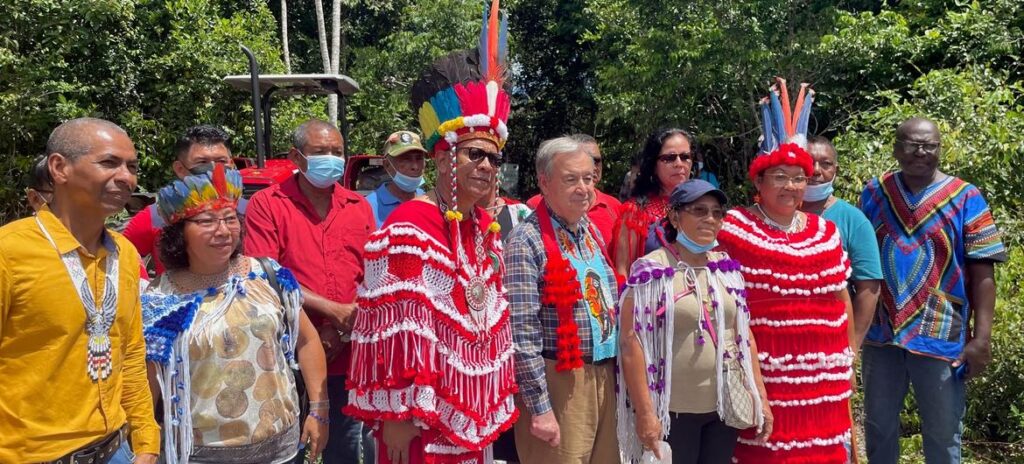
Mainstreaming Climate Change Adaptation
As a low-lying coastal country, Suriname is particularly vulnerable to the impacts of climate change. To ensure the long-term sustainability of its ecosystems, Suriname has incorporated climate change considerations into its conservation strategies.
Incorporating climate change considerations in conservation strategies
Suriname integrates climate change considerations into its conservation strategies to ensure the resilience of its ecosystems. This includes identifying areas most at risk from climate change impacts, such as sea-level rise and increased frequency of extreme weather events. By understanding these risks, Suriname can prioritize conservation efforts and implement measures to minimize the impacts of climate change on its biodiversity.
Adapting to changing weather patterns and sea-level rise
Suriname develops and implements adaptive management strategies to address changing weather patterns and sea-level rise. This involves monitoring and modeling climate data to predict future impacts, implementing strategies to reduce vulnerability, and restoring degraded habitats to enhance ecosystem resilience. By preparing for climate change, Suriname aims to protect its natural resources and promote sustainable development in the face of a changing climate.
Building resilience in Suriname’s ecosystems
Suriname recognizes the importance of building resilience in its ecosystems to withstand the impacts of climate change. This includes initiatives such as reforestation, coastal zone management, and sustainable land use practices that enhance ecosystems’ ability to adapt to changing conditions. By building resilient ecosystems, Suriname ensures the long-term continuity of its biodiversity and the vital services it provides.
Economic Benefits of Conservation
Conservation efforts in Suriname not only protect its natural heritage but also bring economic benefits to the country. The value of ecosystem services, sustainable livelihoods, and the preservation of cultural heritage contribute to Suriname’s economic prosperity.
The value of ecosystem services in Suriname
Suriname’s intact ecosystems provide a wide range of ecosystem services that are essential for human well-being. These services include water purification, carbon sequestration, flood regulation, and the provision of food and medicinal resources. By conserving its ecosystems, Suriname ensures the continuity of these services, which have significant economic value and contribute to the country’s sustainable development.
Sustainable livelihoods from conservation efforts
Conservation efforts in Suriname create sustainable livelihoods for local communities. Eco-tourism, sustainable forestry, and community-led conservation projects provide employment opportunities, diversify local economies, and generate income for indigenous communities. By embracing conservation as an economic driver, Suriname promotes the well-being of its citizens while preserving its natural resources.
Preserving cultural heritage through conservation
Suriname’s cultural heritage, deeply intertwined with its natural landscapes, is an invaluable asset that contributes to national identity and tourism appeal. Conservation efforts that protect indigenous traditions, historical sites, and cultural practices ensure the preservation of this intangible heritage. By preserving its cultural heritage, Suriname not only retains its unique identity but also creates opportunities for cultural exchange and sustainable tourism.
The Role of Indigenous Communities
Indigenous communities in Suriname have a deep connection to the land and have long held traditional knowledge and practices that contribute to conservation efforts. Recognizing their role as custodians of the environment, Suriname actively engages indigenous communities in decision-making processes and establishes partnerships for collaborative conservation.
Indigenous knowledge and traditional practices for conservation
Indigenous communities in Suriname possess a wealth of traditional knowledge and practices that contribute to conservation efforts. Traditional land use practices, such as rotational farming and selective harvesting, promote biodiversity and long-term sustainability. Suriname acknowledges the importance of integrating this valuable knowledge into its conservation strategies to ensure the cultural and ecological integrity of its landscapes.
Collaboration between indigenous groups and conservation organizations
Suriname fosters collaborations between indigenous groups and conservation organizations, recognizing that local communities are crucial stakeholders in conservation efforts. These partnerships involve joint decision-making, sharing of expertise, and the establishment of co-management arrangements for protected areas. By involving indigenous communities in conservation initiatives, Suriname ensures that their rights and interests are respected while achieving conservation goals.
Empowering indigenous communities in decision-making
Suriname recognizes the importance of empowering indigenous communities in decision-making processes that affect their lands and resources. Through consultations, participatory mapping exercises, and the recognition of indigenous land rights, Suriname ensures that indigenous voices are heard and that their knowledge and traditional practices are integrated into conservation strategies. This approach fosters a sense of ownership and responsibility among indigenous communities, driving their active involvement in conservation.
Challenges and Future Directions
While Suriname has made significant progress in its conservation efforts, several challenges persist. Addressing illegal logging and poaching remains a top priority, requiring increased enforcement and stringent penalties. Climate change poses significant threats to Suriname’s biodiversity, necessitating the development and implementation of climate adaptation strategies. Long-term sustainability strategies are vital to ensure the continuity of Suriname’s conservation efforts and the protection of its natural resources.
Addressing illegal logging and poaching
Illegal logging and poaching continue to undermine the progress made in conserving Suriname’s forests and wildlife. To combat these illegal activities, Suriname must strengthen its law enforcement efforts, enhance surveillance systems, and increase penalties for those engaged in these destructive practices. By addressing these threats, Suriname can protect its natural resources and secure the long-term sustainability of its forests and wildlife.
Climate change impacts on Suriname’s biodiversity
The impacts of climate change, including rising temperatures, changing rainfall patterns, and sea-level rise, pose significant threats to Suriname’s biodiversity. Adaptation measures must be implemented to ensure the resilience of ecosystems and the survival of species. Suriname needs to invest in research and scientific monitoring to understand these impacts better and develop targeted strategies to mitigate the effects of climate change.
The need for long-term sustainability strategies
Suriname’s conservation efforts must be guided by long-term sustainability strategies that consider the interconnectedness of social, economic, and environmental factors. By integrating conservation into national development plans, Suriname can achieve a balance between economic growth and environmental protection. The development of sustainable financing mechanisms, such as payments for ecosystem services and green bonds, can provide a stable source of funding for conservation initiatives.
Conclusion
Suriname’s conservation efforts represent a green approach to preserving its natural heritage and ensuring the well-being of its people. Through the establishment of protected areas, community-led projects, sustainable forestry practices, and the promotion of eco-tourism, Suriname has demonstrated its commitment to environmental stewardship. However, challenges remain, including illegal logging, climate change impacts, and the need for long-term sustainability strategies. With continued dedication and collaboration, Suriname can build upon its achievements and secure a greener future for its remarkable biodiversity.
